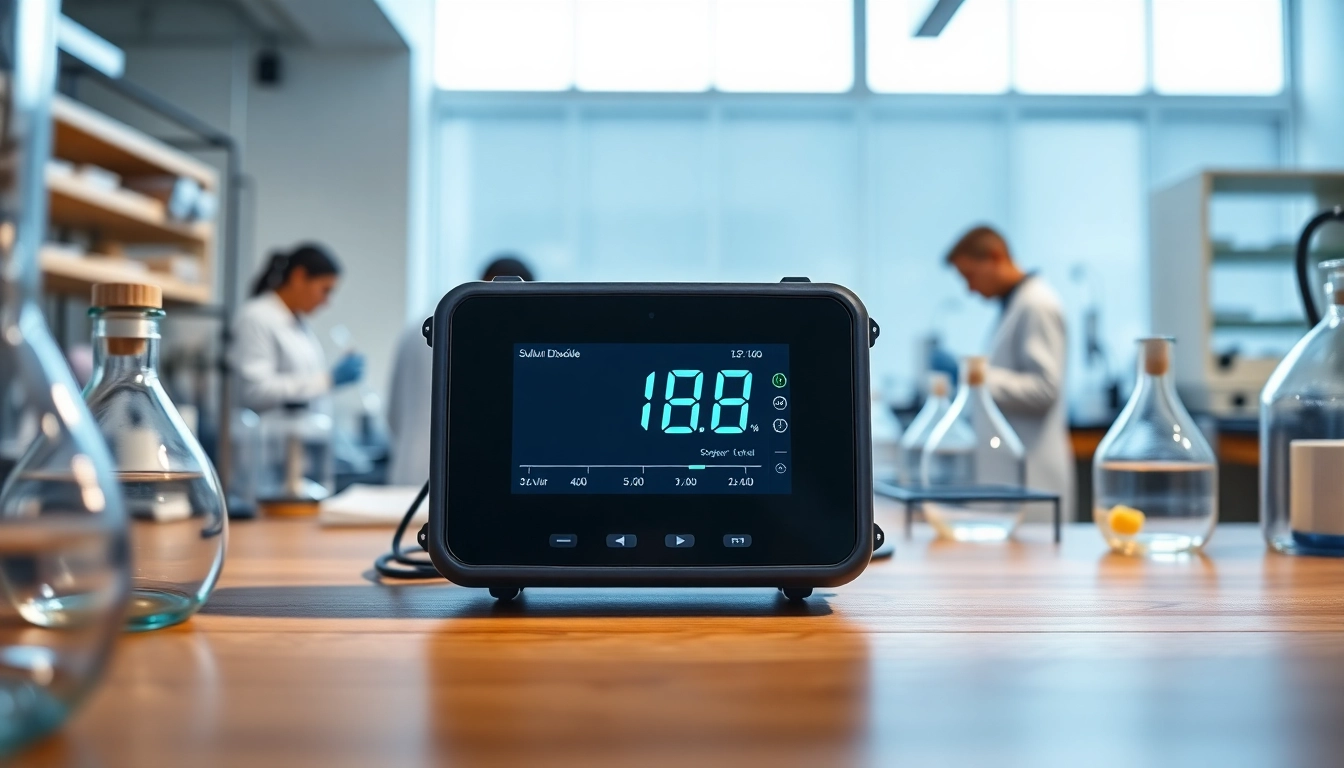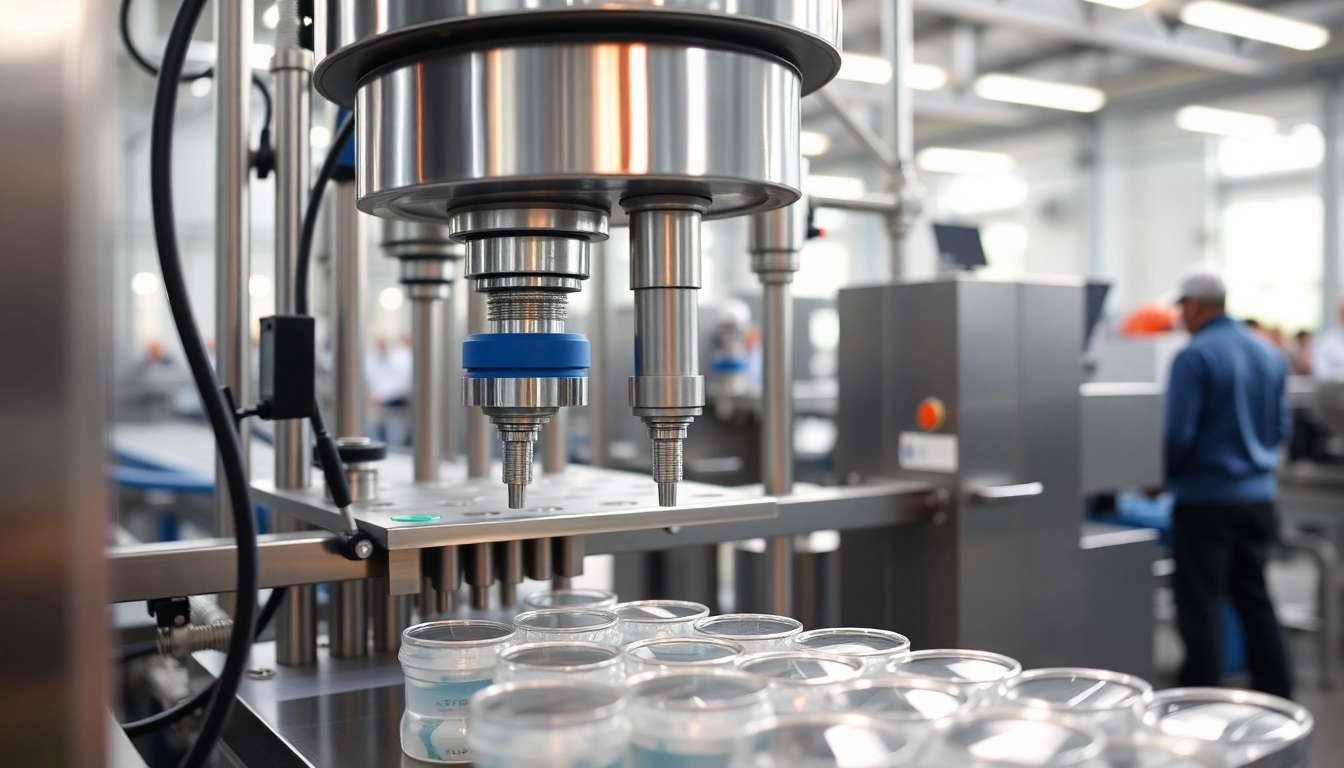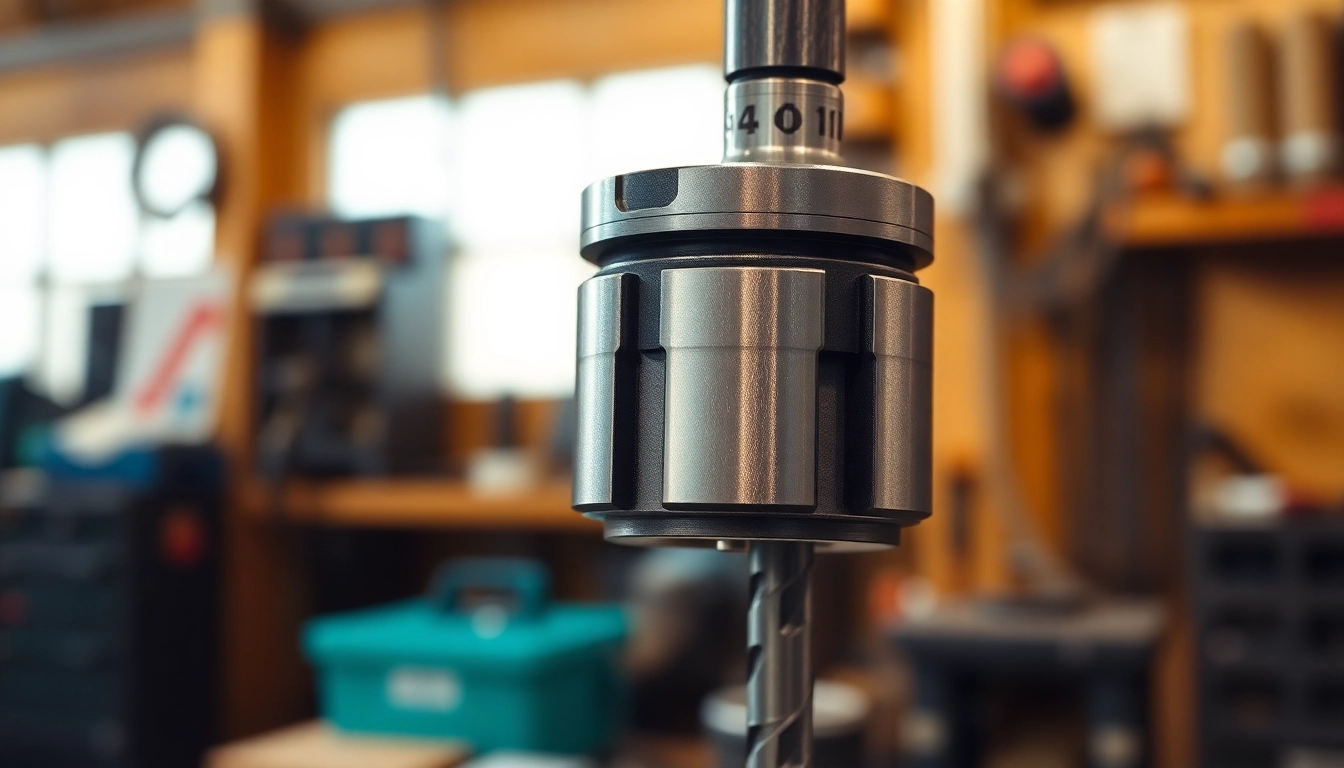1. Understanding Sulfur Dioxide Monitoring
1.1 What is a Sulfur Dioxide Monitor?
A Sulfur Dioxide monitor is a specialized instrument designed to detect and measure the concentration of sulfur dioxide (SO2) in the air. Sulfur dioxide is a colorless gas with a distinct, pungent odor, primarily produced from industrial activities, natural sources, and the combustion of fossil fuels. These monitors employ advanced sensing technologies to provide real-time data on SO2 levels, allowing for prompt actions to mitigate exposure. The Sulfur Dioxide monitor is an essential tool for various sectors, including environmental monitoring, occupational safety, and urban air quality management.
1.2 Importance of Sulfur Dioxide Detection
The detection of sulfur dioxide is critical due to its potential health hazards and environmental effects. Short-term exposure to high concentrations can lead to respiratory problems, irritation of the eyes and throat, and can exacerbate conditions such as asthma. In the environment, SO2 contributes to acid rain, which can harm ecosystems, damage buildings, and contaminate water sources. Therefore, continuous monitoring is essential for compliance with environmental regulations and ensuring public health and safety.
1.3 Key Features of Effective Monitors
Effective sulfur dioxide monitors share several key features:
- Real-time Monitoring: The ability to provide immediate feedback on SO2 levels, allowing for quick responses to hazardous conditions.
- High Sensitivity: Accurately detecting low concentrations of sulfur dioxide to prevent health risks.
- User-Friendly Interface: Easy-to-read displays and intuitive controls for seamless operation.
- Data Logging: Capability to record data over time for trend analysis and compliance documentation.
- Durability: Robust design suitable for both indoor and outdoor environments.
2. Technology Behind Sulfur Dioxide Monitors
2.1 Sensor Types and Their Applications
Various sensor technologies can be employed in sulfur dioxide monitoring, each with unique characteristics:
- Electrochemical Sensors: Widely used due to their sensitivity and ability to operate on low power. Ideal for indoor air quality monitoring.
- Infrared Sensors: Utilize the absorption of infrared light to measure gas concentrations. Suitable for both industrial applications and ambient air quality monitoring.
- Photoionization Detectors (PID): These sensors use ultraviolet light to ionize the gas, allowing for detection. They are highly sensitive and effective for detecting a wide range of volatile organic compounds alongside SO2.
2.2 Calibration and Maintenance Essentials
To ensure the accuracy of sulfur dioxide monitors, regular calibration and maintenance are crucial:
- Calibration: Monitors should be calibrated according to manufacturer specifications, typically using known concentration gases. Regular calibration minimizes drift and maintains accuracy.
- Regular Maintenance: This includes cleaning sensors, checking battery status, and replacing filters as needed. Following maintenance schedules is essential to prolong the life of the device.
- Software Updates: Keeping the device’s software up to date can enhance performance and introduce new features without needing hardware changes.
2.3 Advances in Detection Technology
Recent advancements in detection technology have significantly improved the capabilities of sulfur dioxide monitors:
- Wireless Connectivity: Many modern monitors now come equipped with Bluetooth or Wi-Fi, allowing for remote monitoring and data accessibility via mobile devices.
- Integration with Cloud Services: Cloud technology enables continuous data logging, analysis, and sharing across different platforms, aiding in real-time decision-making.
- Smart Calibration: Some advanced monitors feature self-calibration functionality, reducing the time and effort required for maintaining accuracy.
3. Applications of Sulfur Dioxide Monitors
3.1 Use in Industrial Environments
In industrial settings, sulfur dioxide monitors are vital for ensuring workplace safety. Industries such as oil refining, metal smelting, and power generation may produce high levels of SO2. Compliance with safety regulations often mandates the installation of these monitors to detect leaks and prevent toxic exposure to workers.
3.2 Role in Environmental Safety
Monitoring sulfur dioxide is equally crucial for environmental safety. These monitors are used in environmental agencies and research institutions to assess air quality, identify pollution sources, and track changes in SO2 levels over time. Data gathered can help inform public policy decisions and regulatory frameworks aimed at reducing emissions and improving air quality.
3.3 Importance in Urban Air Quality Monitoring
In urban areas, sulfur dioxide monitoring is key to keeping air quality within safe limits. Dense populations often correlate with higher levels of emissions from vehicles and industrial activities. These monitors help cities implement air quality management plans, guiding actions such as issuing pollution alerts and taking regulatory steps to reduce sulfur emissions.
4. Best Practices for Using Sulfur Dioxide Monitors
4.1 Installation and Setup Tips
Proper installation and setup are crucial for effective monitoring. Here are key tips:
- Location: Place the monitor in an area representative of the air quality being assessed. Avoid obstructions like walls or machinery that might interfere with airflow.
- Calibration: Calibrate the monitor post-installation to ensure accuracy from the get-go.
- Environmental Considerations: Ensure the device is suitable for the environmental conditions, whether indoors or outdoors, including aspects such as temperature and humidity.
4.2 Regular Maintenance for Optimal Performance
To maintain optimal performance, follow these regular maintenance practices:
- Routine Checks: Schedule periodic checks to assess the functionality, battery levels, and sensor response.
- Battery Management: Replace or recharge batteries as required; low power can affect performance.
- Keep Clean: Dust and dirt can obstruct sensors. Clean the monitor periodically to ensure accuracy.
4.3 Interpreting Data for Effective Decision-Making
Understanding and interpreting the data generated by sulfur dioxide monitors is critical for making informed decisions:
- Data Trends: Analyze trends over time to identify patterns or anomalies in SO2 levels that may indicate emerging issues.
- Compliance Verification: Use data to ensure compliance with local and national air quality standards, helping prevent legal repercussions.
- Informing Stakeholders: Share findings with stakeholders, including regulators and the public, to improve transparency and foster trust.
5. Future Trends in Sulfur Dioxide Monitoring
5.1 Integration with IoT and Smart Technology
The future of sulfur dioxide monitoring lies in its integration with the Internet of Things (IoT) and smart technologies. IoT-enabled devices can provide seamless connectivity and data sharing, allowing for comprehensive monitoring networks that operate across multiple locations. This connectivity offers real-time insights and alerts, facilitating immediate responses to rising SO2 levels.
5.2 Enhancing Accuracy with AI and Machine Learning
Artificial intelligence (AI) and machine learning algorithms are expected to enhance the accuracy and predictive capabilities of sulfur dioxide monitors significantly. By analyzing historical data, these technologies can identify patterns and predict potential spikes in SO2 levels, enabling preemptive action. This not only improves safety but also allows for better regulatory compliance planning.
5.3 Regulatory Changes Affecting Monitoring Standards
As environmental regulations continue to evolve in response to climate change and public health findings, sulfur dioxide monitors must adapt to meet new compliance standards. Changes in legal limits for emissions and stringent monitoring requirements may drive innovations in monitoring technologies. Staying abreast of these developments will be essential for manufacturers and users alike to ensure compliance and enhance air quality.



